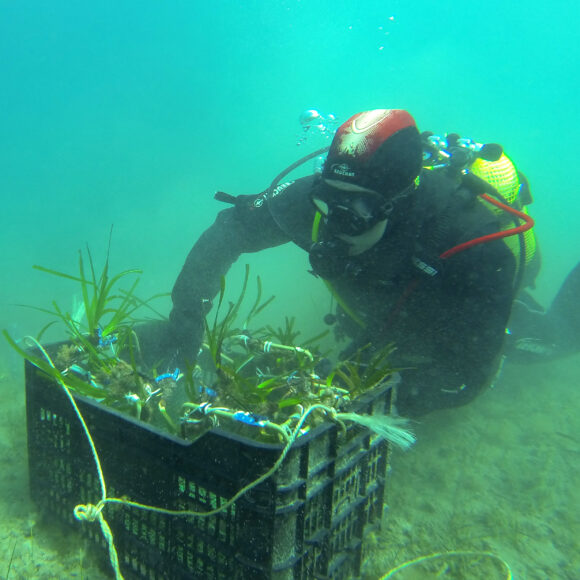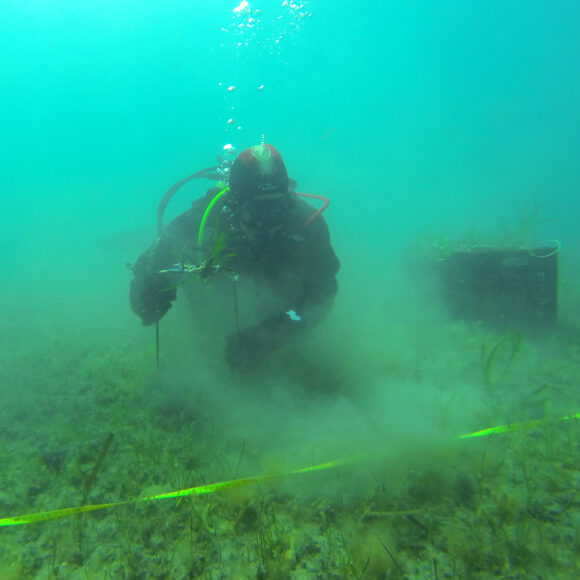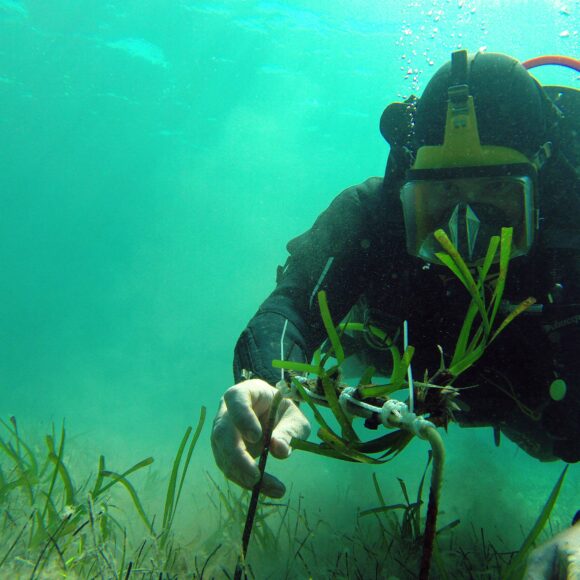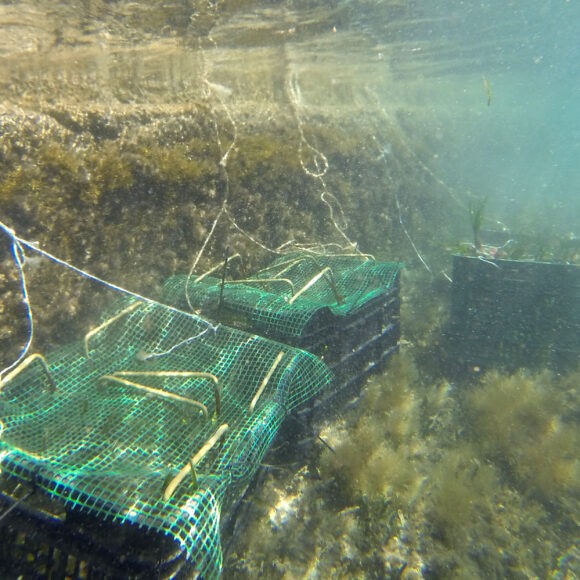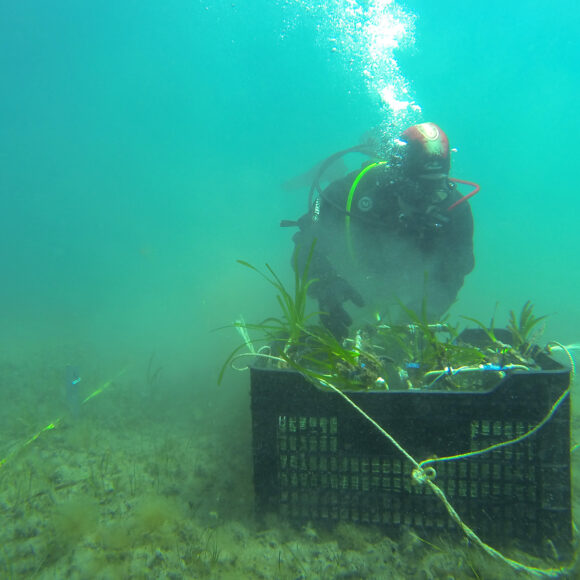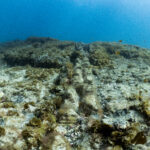Recovering Posidonia oceanica seagrass meadows in Bay of Pollença
Objectives
The project aims to restore two hectares of Posidonia oceanica seagrass meadows in the Bay of Pollença.
Short description
In 2018, Red Eléctrica, the Spanish electricity grid operator, launched the Marine Forest project, with the goal of rehabilitating degraded Posidonia oceanica seagrass meadows in the Bay of Pollença, Mallorca within an area managed by the Ministry of Defence.
This seagrass species is crucial for the Mediterranean ecosystem due to its ability to absorb and store carbon dioxide, enhance local habitats and fish populations, and protect the coastline from erosion. Restoring this endemic seagrass is challenging due to its delicate structure and slow growth rate. However, the chosen military site was ideal for this purpose due to minimal disturbance.
The methodology used was part of a ‘Research, Development and Innovation’ (R&D+i) project led by Red Eléctrica in collaboration with the Mediterranean Institute for Advanced Studies (CSIC-IMEDEA). The process involved collecting 12,800 seagrass rhizomes (root-like underground stems) and plant sections that had naturally fragmented due to marine hydrodynamics. This method proved to be more effective that using Posidonia seeds. The fragments were cultivated and prepared off-site before being planted and anchored to the seabed by divers. The restoration project was originally established to offset the impact on the seabed caused by the laying of two coastal landing points and submarine power cables in the Balearic Islands.
Ecological monitoring is an integral part to the project. Continuous assessment of the seagrass’s survival and growth has been ongoing, though reliable results will require at least 10 years. So far, monitoring has shown a survival rate of over 90% of the plants. Initially, the seagrass experienced some leaf loss while adapting to its new environment, but they have since developed strong roots. This methodology has the potential to restore other degraded areas with Posidonia oceanica, and potentially other marine species as well.
Thanks to the success of this project, in 2024 Red Eléctrica announced the launch of the ‘Marine Forest platform’ in collaboration with the Ecomar Foundation. This strategic alliance aims to promote the restoration of marine ecosystems by 2030.
Criteria for selection: 1+2+3+4 (b)+ 5
Information updated on: 4 July 2025
